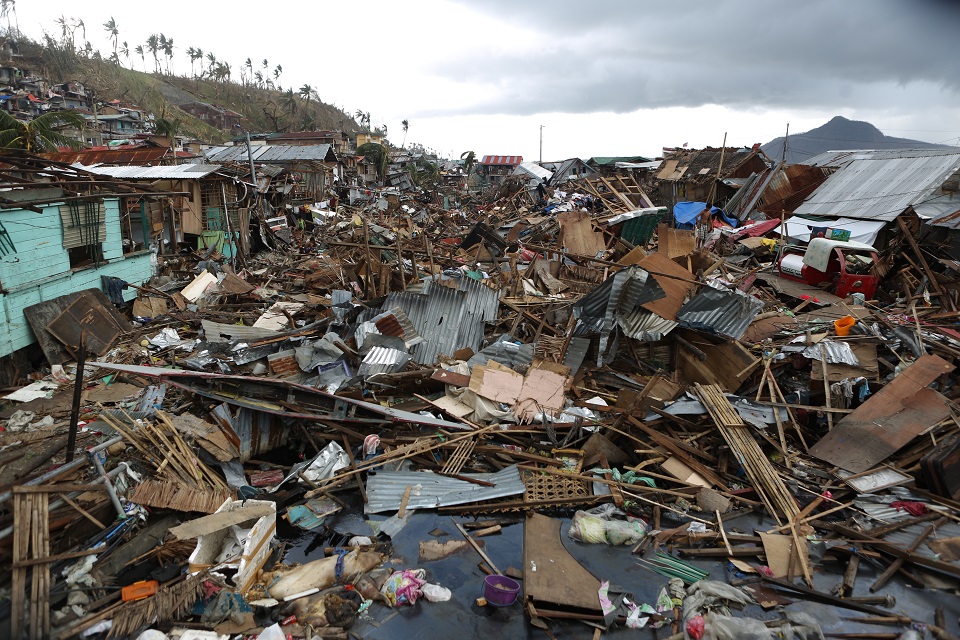Government Actuarys Department

class="gem-c-govspeak govuk-govspeak gem-c-govspeak--direction-ltr govuk-!-margin-bottom-0">
New research carried out the Government Actuarys Department (GAD) helps explain why governments might choose certain financing options over others. This could help governments make better decisions about preparing for future disasters.
The Centre for Disaster Protection commissioned this research which is published as Cost Multiples for Pre-arranged Financing: A comparison of instruments from International Financial Institutions. The paper examines different ways governments can arrange money in advance to help during crises.
Pre-arranged financing instruments
The research uses a new measure called the cost multiple. This is used to analyse various pre-arranged financing (PAF) instruments available to (national) governments from international financial institutions.
Key findings:
-
The attractiveness of each PAF instrument can change depending on how likely a disaster is to happen.
-
Many PAF instruments are cheaper when disasters are more likely to occur.
PAF instruments are a category of financing instruments which are approved in advance of a crisis happening, with funds released when pre-identified trigger conditions are met.
They have been used to help finance responses to crises such as droughts, hurricanes, and earthquakes. PAF instruments give countries greater certainty of what will be received if a disaster strikes, meaning they are not solely dependent on humanitarian aid.
Our paper supports the Centre for Disaster Protections work on pre-arranged financing which has included a stocktake of financial instruments and the assessment of these instruments against 7 criteria.
GAD researchers examined various financial options, including:
- contingent loans and grants from development banks
- catastrophe bonds issued by the World Bank
- sovereign insurance from regional risk pools

After effects of a typhoon. Credit: Shutterstock
GADs research
GAD actuary, Heena Haq, who led on the project, said: Different types of PAF instruments work in distinctive ways and the terms for a particular type of instrument also vary between providers. This makes it difficult to make a straightforward comparison between instruments.
Our study provides a simple comparison of the financial attractiveness of each instrument from the point of view of the recipient.
Relative costs
Some PAF instruments have costs that are fixed regardless of whether a disaster occurs (such as insurance premiums), and others which depend on a disaster occurring (such as loan repayments). The payouts from PAF instruments often only occur once the triggering event has occurred.
As a result, the cost multiple (and the attractiveness of different instruments) can vary depending on the likelihood of the instrument triggering. Many instruments have lower cost multiples when they cover disasters that are more likely to occur and so payouts are mo
